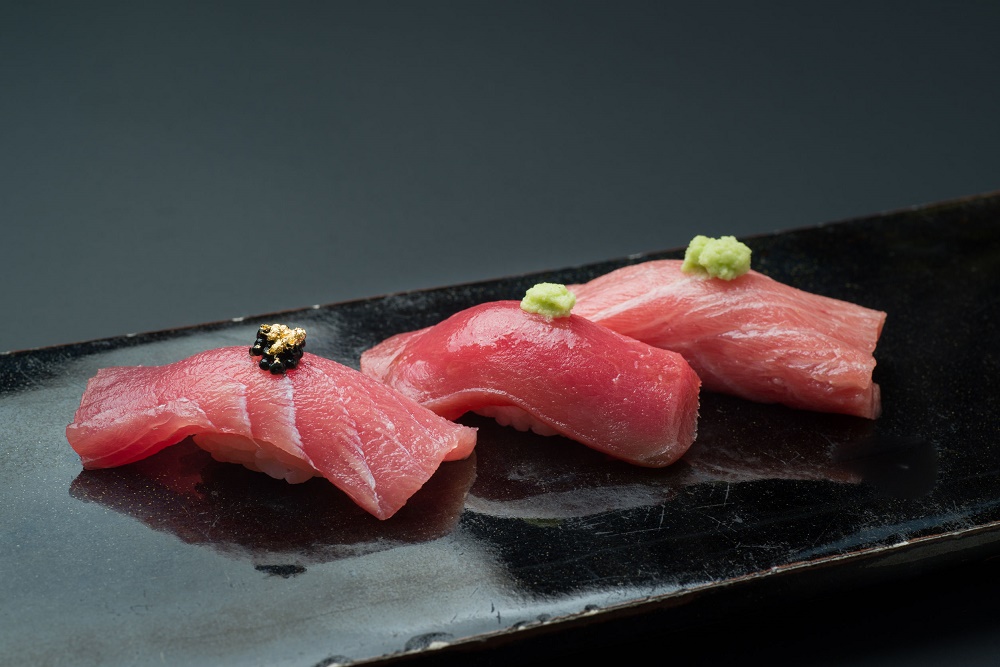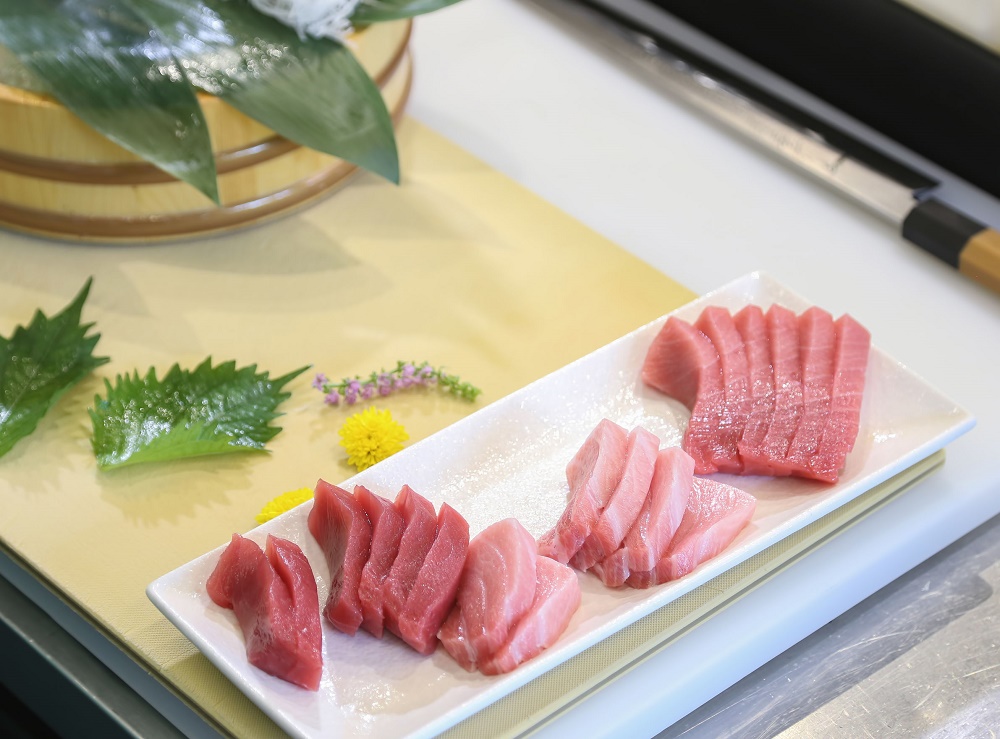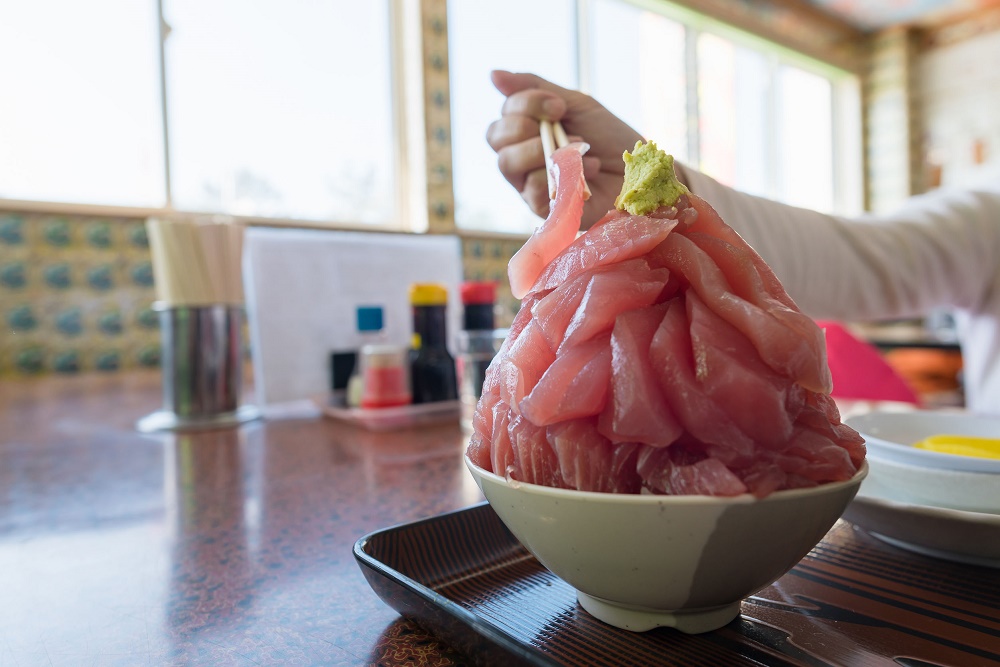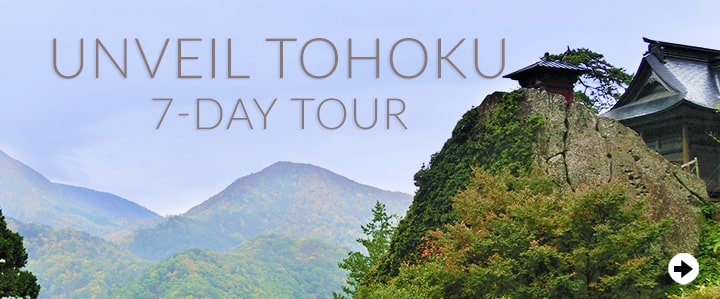Aomori, Japan Jan. 30 Thurs 2:07PM
Japan's love of seafood is well known, and they not only are known for their consumption of seafood but also of their fishing capabilities. Of the said seafood, one of the most loved and enjoyed types of seafood in Japan out there is tuna. You most likely will not go through a sushi course dinner or walk into a sushi restaurant/market without seeing the tuna fish known as maguro. Maguro could be said to be Japan's iconic fish, as it may just be the most notable, with pictures of maguro conjuring up images of marketplaces, of famous landmarks like the famous Tsukiji tuna auction (no longer held in Tsukiji), in addition to the picture perfect image of what sushi is.

With such a loved type of fish, it only seems right that there would be different classifications for the fish based on quality and desirability. Not only are there different species of tuna, but there are differences between the type of tuna based upon where it is found on the fish. Of the tunas, the bluefin tuna is said to be the tastiest and the most expensive of the tunas, with the fattiest part (toro, chutoro, otoro) often being the most pricey. The place where the tuna is caught, and the level of difficulty in catching the fish also affect the quality and price of the tuna.

Of the many types of tuna, Oma tuna or Oma maguro from Oma of Aomori Prefecture is one of the types that has more prestige and comes with a heftier price tag. That's because oma maguro comes from the Tsugaru Strait, an oceanic strait that is considered dangerous due to environmental conditions including rough seas, strong winds, and narrow passage. So the amount of risk and effort it takes to catch one of these Oma maguro is quite large, and that ups the value of the fish.

In addition, careful measures are taken to make sure that the fish does not get "ruined" through rough fishing methods. The fishermen often use traditional styles of fishing these tuna known as "pole and line" fishing, that is the fish is reeled in by hand on a traditional pole. Sometimes the style of longline fishing is used. The fishing style used is to take steps to ensure that the fish stays top quality. Even after the fish is caught, the fishermen must take precautions to ensure the best quality so that the flavor of the fish and thus the value of the fish on the market does not decrease.

Not only this but the fish itself is said to be of amazing quality and taste due to it being bluefin tuna. Bluefin tunas are know for having a fat ratio that is perfectly balanced for a melt-in-your-mouth feel. The Oma maguro are said to be the famous type of maguro known as hon-maguro. Although many praise the Oma maguro for its otoro, the fattiest type of toro, some argue that the red part of the tuna, akami, is what sets Oma maguro apart. One thing that can be agreed upon however is that Oma maguro is not your average maguro. The fishing style, the location of where it's caught, the fish quality itself is said to be top-notch and unlike anything ever experienced.


